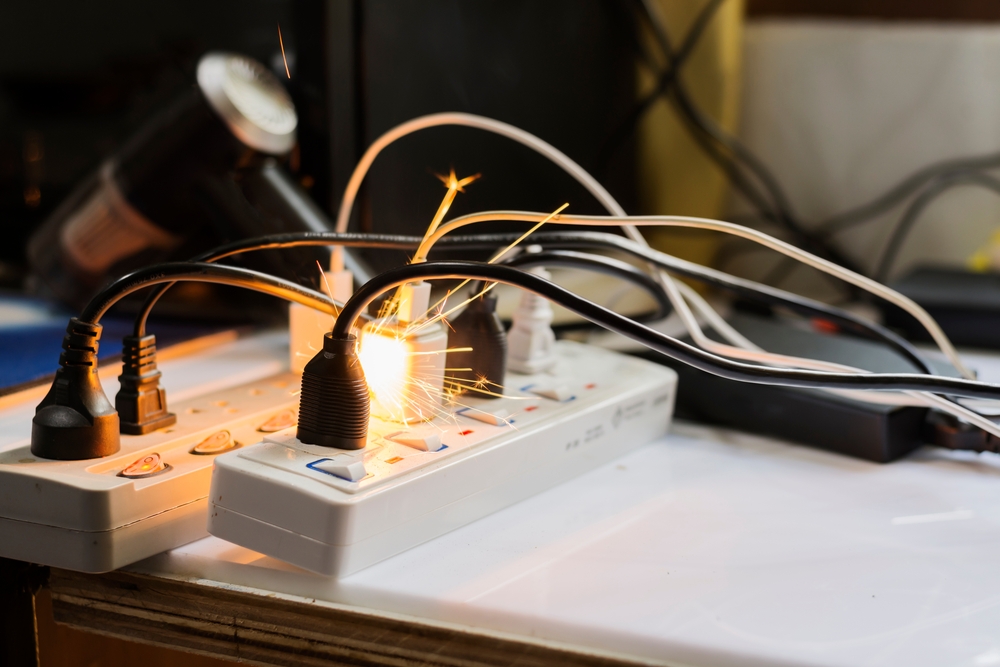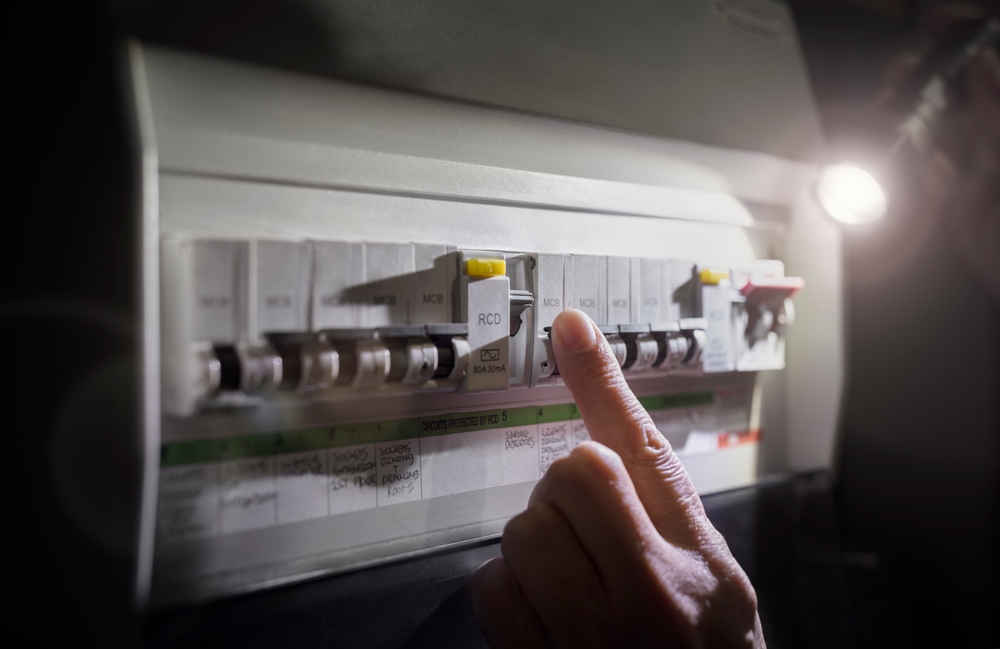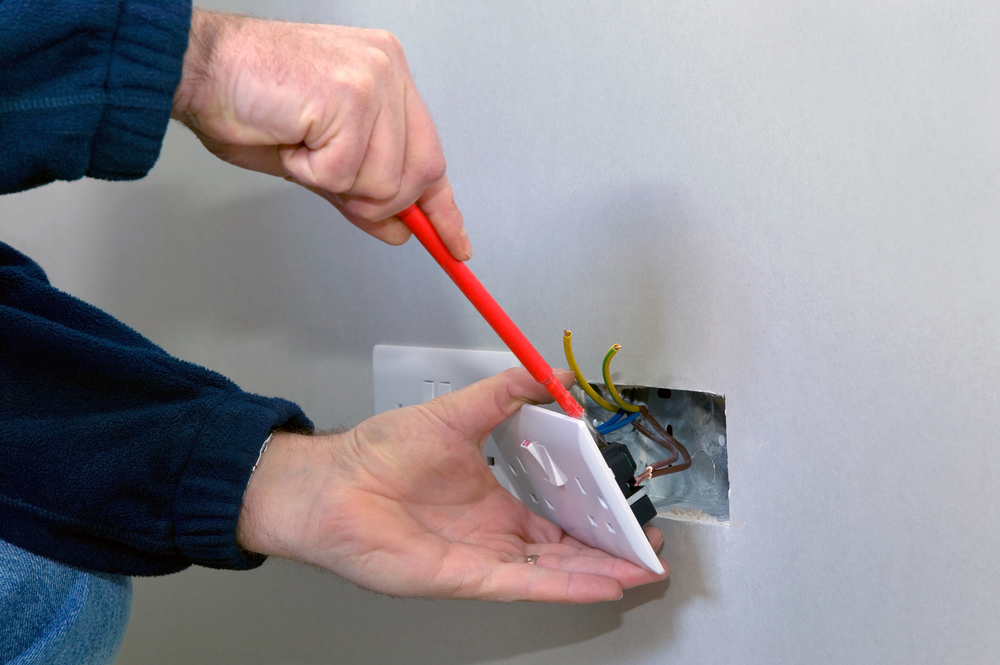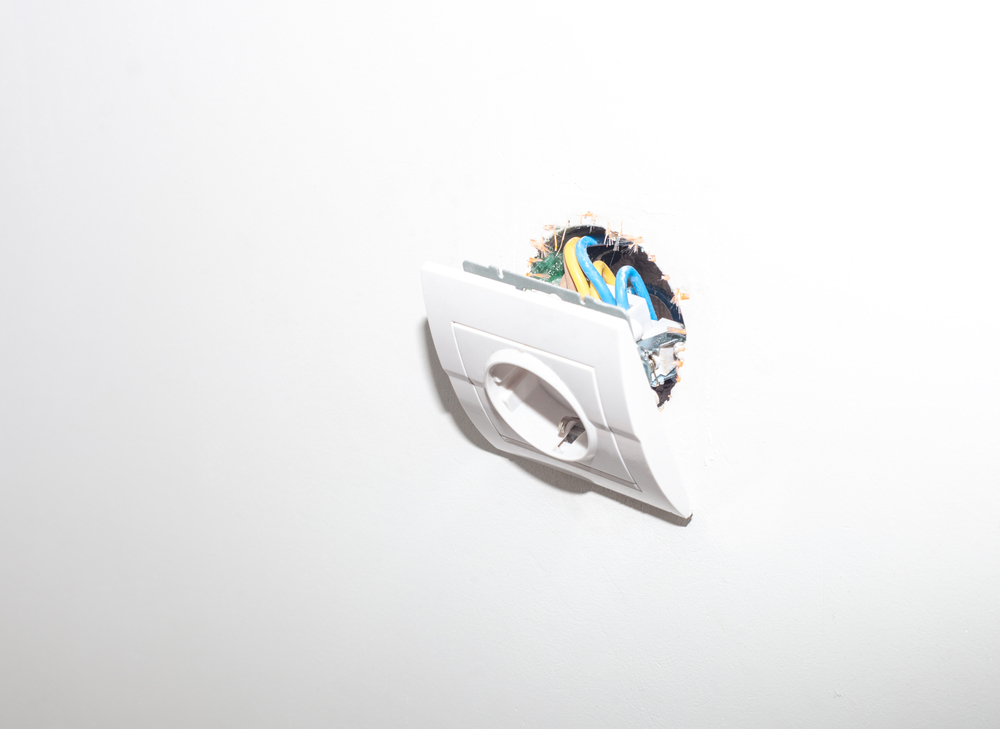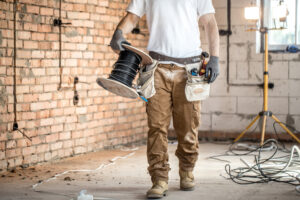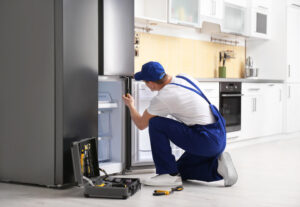Steps to Take in an Electrical Emergency
Knowing the appropriate steps to take during an electrical emergency to ensure your safety and minimize further damage is vital. This section covers three essential steps to follow during an electrical emergency: shutting off the power supply, evacuating the area, and contacting emergency services.
Following these steps can help you effectively manage electrical emergencies and minimize the risk of injury or damage to your property.
Shutting Off the Power Supply
Shutting off the power supply during an electrical emergency is crucial to prevent further damage and reduce the risk of electrical shock or fire. This involves locating the breaker box or panel, opening the door to access the fuses or breakers, and switching off the electrical supply from the panel for safety.
By cutting off the power, you can:
- Eliminate the source of electricity causing the emergency
- Allow for a safe resolution of the issue
- Wait for professional help without the risk of additional hazards.
Evacuating the Area
Evacuating the area during an electrical emergency is essential to ensure the safety of all occupants, as failing to do so may result in life-threatening injuries or property damage. It is recommended to evacuate at least 20 feet away from the source of the electrical hazard. Adhering to evacuation procedures and switching off electrical appliances can significantly reduce the risk of further harm.
Remember, your safety and the safety of those around you should always be your top priority during an electrical emergency. Practising electrical safety can help prevent such emergencies from occurring.
Contacting Emergency Services
Sometimes, contacting emergency services during an electrical emergency, such as electrical fires or ongoing hazardous conditions, is necessary. When getting emergency services, be prepared to provide information about the nature of the emergency, your location, and any pertinent details about the situation.
It’s also essential to follow any instructions the emergency operator gives to ensure your safety and the safety of others during an electrical emergency. Remember, prompt action and clear communication can make all the difference in preventing further damage or injury.
Preventing Electrical Emergencies at Home
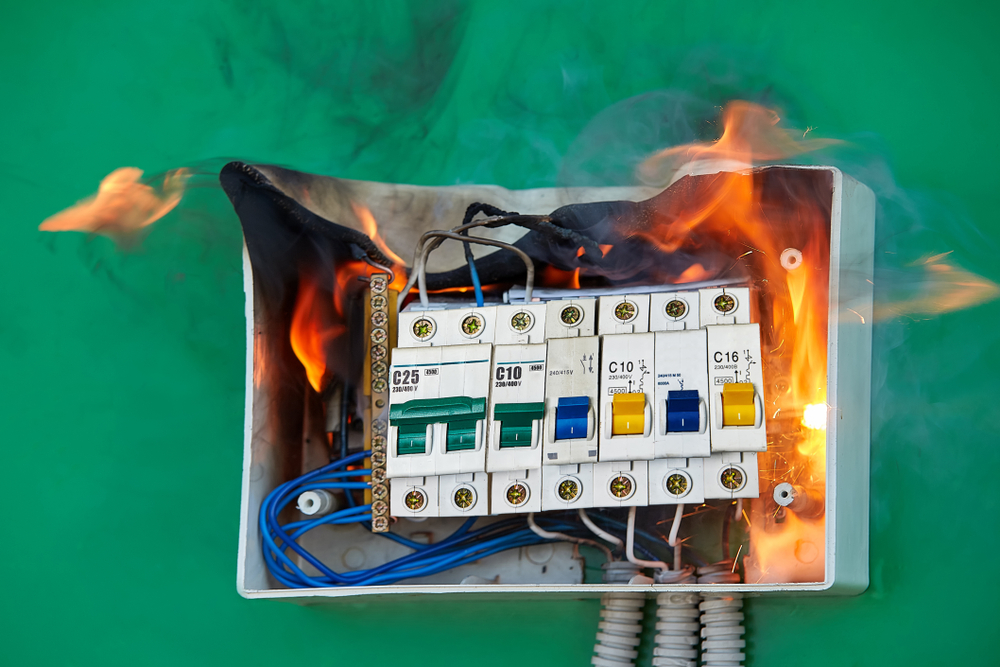
While knowing how to handle electrical emergencies is essential, prevention remains the best approach. This section covers three strategies to reduce the risk of electrical emergencies at home: regular inspections, proper appliance usage, and updating outdated wiring.
Implementing these preventative measures can help significantly minimize the risk of electrical emergencies and ensure the safety of your home and family.
Regular Inspections
Routine electrical inspections effectively identify and address potential issues before they become emergencies. These inspections should be conducted by a licensed electrician, who will:
- Assess your electrical meter
- Verify the circuit breaker capacity
- Inspect electrical wires for damage or fraying
- Confirm that GFCI outlets are operating correctly
It is recommended that electrical inspections in homes be conducted annually for regular maintenance or when buying or selling a home. You can prevent electrical emergencies and keep your home safe by staying vigilant and ensuring your electrical system is regularly inspected.
Proper Appliance Usage
Correct and safe use of appliances is another key aspect of preventing electrical emergencies. Misuse of appliances can result in malfunctions or electrical faults that can cause fires or electric shocks. To avoid these risks, using appliances properly and ensuring they are in good working condition is essential.
Unplugging electrical appliances during emergencies can also help prevent power surges and potential damage. Using appliances responsibly and adhering to safety guidelines can significantly reduce the risk of electrical emergencies in your home.
Updating Outdated Wiring
Replacing outdated wiring is key to minimize the risk of electrical emergencies caused by old or damaged wiring. Indications of obsolete wiring in a house may include:
- Sudden electric shocks
- Flickering or dimming lights
- Strange odors
- Sparks
It is advisable to consider replacing the wiring in a home if it is more than 25 to 30 years old. Additionally, it is suggested to have modern PVC insulated wiring inspected every 25 years for safety reasons. Updating your home’s wiring can significantly reduce the risk of electrical emergencies and ensure a safer living environment.
Hiring a Qualified Emergency Electrician
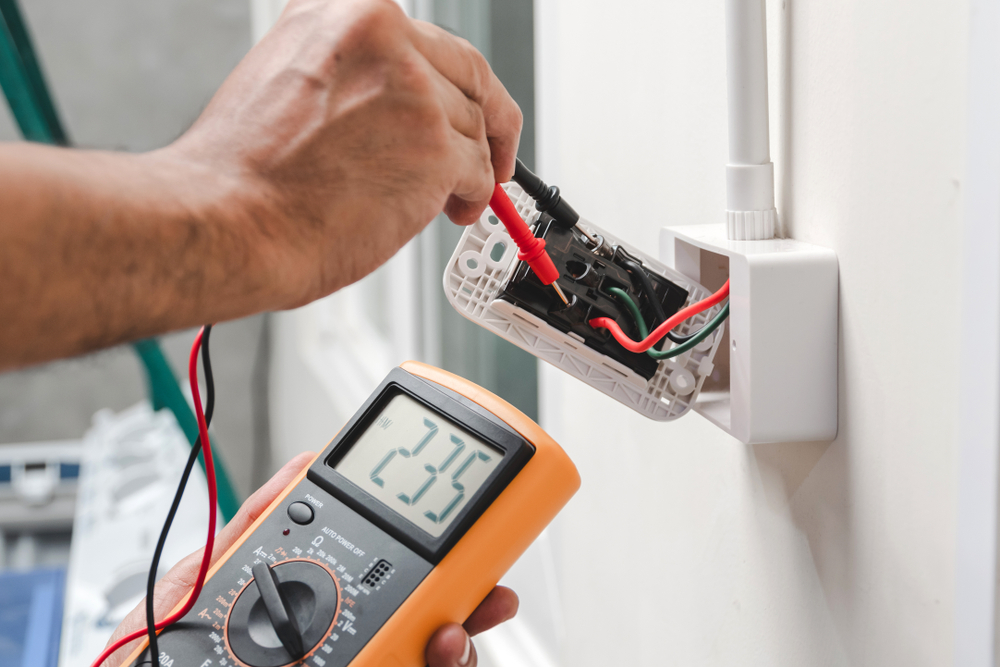
Hiring a qualified emergency electrician with the proper credentials, experience, and availability for emergencies is vital when faced with an electrical emergency. Attempting to handle electrical emergencies yourself can be extremely dangerous and may exacerbate the problem.
This section will cover the importance of hiring a qualified emergency electrician and what characteristics to look for in a professional.
Credentials and Experience
A qualified emergency electrician must possess the following qualifications and experience:
- Level 2 Electrician Accredited Service Provider certification
- Completion of an Australian apprenticeship or electric diploma
- Relevant license and certification
- Demonstrated experience in emergency electrical work.
Experience is of paramount importance when it comes to being an emergency electrician. It requires years of practice and knowledge of the correct techniques to address intricate electrical issues effectively. By hiring an electrician with the proper credentials and experience, you can ensure the safety of your home and minimize the risk of electrical emergencies.
Emergency Availability
Time is critical in an electrical emergency. Hence, hiring an emergency electrician available 24/7 for assistance is important. To confirm the emergency availability of an electrician, you can:
- Investigate local emergency electricians
- Evaluate online platforms for reviews
- Contact the local utility provider or electricity distributor for prompt aid.
Knowing that you have a qualified emergency electrician on call can provide peace of mind and help ensure the safety of your home and loved ones during electrical emergencies.
Summary
In conclusion, understanding the signs of electrical emergencies, their common causes, and the steps to take during an emergency is crucial for the safety of your home and loved ones. By implementing preventative measures such as regular inspections, proper appliance usage, updating outdated wiring, and hiring a qualified emergency electrician, you can significantly reduce the risk of electrical emergencies and ensure a safe living environment.
If you’re looking for an emergency electrician right now, look no further than Mr Sparky; we’ll arrive quickly, diagnose the issue and let you know what needs to be done to resolve and move forward quickly. We understand the burden of not having any electricity or being unable to use your household appliances as you would like. We are your expert electrician in Sydney that you can trust.
Frequently Asked Questions
What should you do if there is an electrical emergency?
In an electrical emergency, do not touch someone receiving a shock. Call emergency services, turn off the power, and administer first aid.
Why you should call an electrician?
When you experience fuses that keep blowing or circuit breakers tripping, or when you notice sparks coming from an appliance or electrical breaker, you must call an electrician immediately to avoid potential fire hazards.
What is the first action you should take if you suspect a problem with an electrical device?
Suppose you suspect a problem with an electrical device. In that case, the first action is to switch off the primary power source, if possible, to prevent accidents and further damage.
What are the most common signs of an electrical emergency?
Signs of an electrical emergency include smoke or sparks from outlets, overheating appliances, and flickering lights.
How can I prevent electrical emergencies at home?
Regularly inspect your wiring, use appliances safely, and upgrade old wiring to help prevent electrical emergencies at home.
